In 2020, 629 different species of flora and fauna were documented on the nature preserves and conservation easements that TKC protects. This includes a whopping 432 species that had never been documented on TKC protected property in the past. One of the very few bright sides of the pandemic was that it allowed me to spend more time exploring our properties than I get to do in a typical summer!
Having an inventory of what species are present on our properties is very important for the conservation work that we do. It helps us keep track of the species at risk found on our properties, have a general sense of the biodiversity of each property, and can help us monitor changes over time, which is especially crucial for monitoring climate change.
Having an inventory of what species are present on our properties is very important for the conservation work that we do. It helps us keep track of the species at risk found on our properties, have a general sense of the biodiversity of each property, and can help us monitor changes over time, which is especially crucial for monitoring climate change.
How does TKC keep track of species?
TKC uses iNaturalist to keep track of how many are recorded on each of the properties that we protect. iNaturalist is one of the world's leading community science projects where users can upload documentation of all the flora and fauna they come across. This data is then available for everyone for scientific or general interest use.
Since iNaturalist has an amazing system in place to query and sort observations based on locations, I decided that it was the perfect way to keep track of the species I and others have documented. All the historical data that I had for each property was uploaded so that the species lists were up-to-date then I could go forward with adding new observations to iNaturalist from then on. I then download this data periodically so that we always have the data, should anything ever happen to the iNaturalist database.
The great thing about iNaturalist is that anyone can submit data from our properties and it'll automatically be captured by these projects. So if you're out on the Foster Parkland and Walking Trails or taking a guided tour on one of our other properties, submit your observations!
I set up a project for each property with an additional project to combine all that data together. As you can see below, the Black Hole Preserve has the most species diversity to date, with 472 species, but the Boyer Preserve isn't too far behind! If you're interested in exploring the data, click the link below. Note that some species at risk or otherwise sensitive species may not be publicly visible.
Since iNaturalist has an amazing system in place to query and sort observations based on locations, I decided that it was the perfect way to keep track of the species I and others have documented. All the historical data that I had for each property was uploaded so that the species lists were up-to-date then I could go forward with adding new observations to iNaturalist from then on. I then download this data periodically so that we always have the data, should anything ever happen to the iNaturalist database.
The great thing about iNaturalist is that anyone can submit data from our properties and it'll automatically be captured by these projects. So if you're out on the Foster Parkland and Walking Trails or taking a guided tour on one of our other properties, submit your observations!
I set up a project for each property with an additional project to combine all that data together. As you can see below, the Black Hole Preserve has the most species diversity to date, with 472 species, but the Boyer Preserve isn't too far behind! If you're interested in exploring the data, click the link below. Note that some species at risk or otherwise sensitive species may not be publicly visible.
Significant finds in 2020
There were a number of exciting finds on TKC properties this year. Below are a few of the highlights, as we can't possibly list them all!
| I caught on the Black Hole Preserve. It was identified as Eurosta fenestrata (it doesn't have a common name), which is a member of the fruit flies. At the time, this was only the second ever observation of this species uploaded to iNaturalist, and the first for Canada. I did find some literature online that mentioned a few records from Ontario, so not a groundbreaking discovery or anything, but still really neat to find a species that is rarely documented. You can find the observation on iNaturalist here. |
| This Prickly Hornwort (Ceratophyllum echinatum) was found on the shoreline of the West Coatsworth Island Preserve. This aquatic plant is not on Ontario's species at risk list, but it is classified as vulnerable and seems to be only found in very limited locations across the province. After this observation, we ended up finding significant amounts of it in the Desbarats River, plus one plant in Caribou Lake, suggesting there is a healthy population of it locally. You can find the observation on iNaturalist here. |
| I documented this Appalachian Brown (Lethe appalachia) on the Archibald Homestead this summer. This species of butterfly had only been recorded twice before in the Algoma District prior to 2019, as we're on the very north end of their range. However, there have been quite a few reports now in the last two years (likely due to more effort being put in by local naturalists to find and document butterflies), so there may be a stronger local population of them than initially thought. I also recorded one on the Boyer Preserve this year. You can find the observation on iNaturalist here. |
| Listen for the low "coo coo coo" sound! | Lastly, this one doesn't come with a photo, but there is an audio recording of it! A Least Bittern (Ixobrychus exilis) was heard calling in the Stobie Creek Wetland in June. This is the first modern record of the secretive wetland bird in TKC's focal area. Least Bitterns are listed as threatened on Ontario's species at risk list. I am hoping it returns next year and that I can get some evidence of breeding. You can find the observation, and listen to the audio recording, on iNaturalist here. |
TKC's Focal Area
In addition to keeping track of species on our protected properties, TKC keeps track of species within our focal area. To date, there have been 1,191 species recorded within this area! It's important for us to track these species for a variety of reasons. We could discover an area of high biodiversity that we could then look into formally protecting. It could warn us of the presence of an invasive species near our properties that could threaten our conservation work. We can also us the data when studying the impact that climate change has on the area as a whole.
How to get started on iNaturalist
You can visit iNaturalist.org or download the iNaturalist app on your mobile device to get signed up. Observations can then be made from both the desktop website or through the app. For those who are not currently in the St. Joseph Channel area, we still highly encourage you to try it out and submit observations from wherever in the world you are! If you have any questions about using iNaturalist or about the data that TKC collects, feel free to contact me at carter.dorscht@kenisngtonconservancy.org or 705-257-5199, as I'm more than happy to assist you!
Learn More
If you are interested in learning more about the species of flora and fauna that have been recorded on TKC property and how you can get involved in providing data, stay tuned for a TKC webinar on the topic, likely in February.
Help us continue to collect this important data
Your help is needed to so that TKC can continue to collect all of this amazing and interesting data from our properties. A contribution to the 2020 TKC Annual Campaign will get us one step closer to reaching our fundraising goal in order to make 2021 a success for TKC and local conservation. For those who have already contributed, we once again thank you for your support!
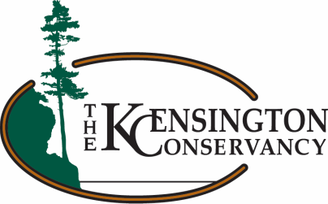

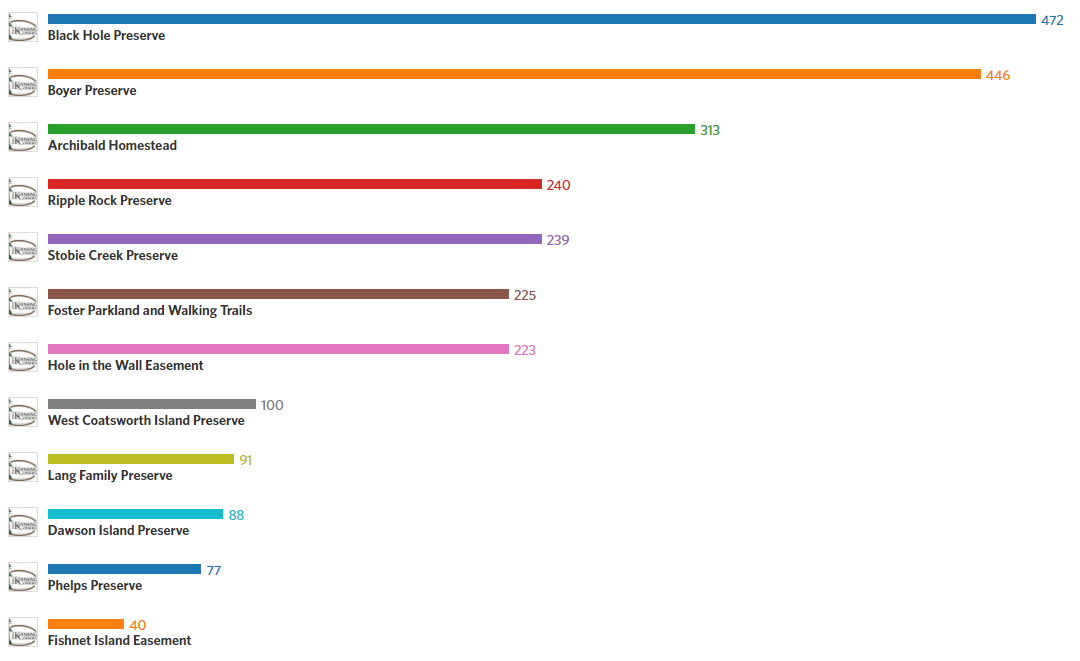
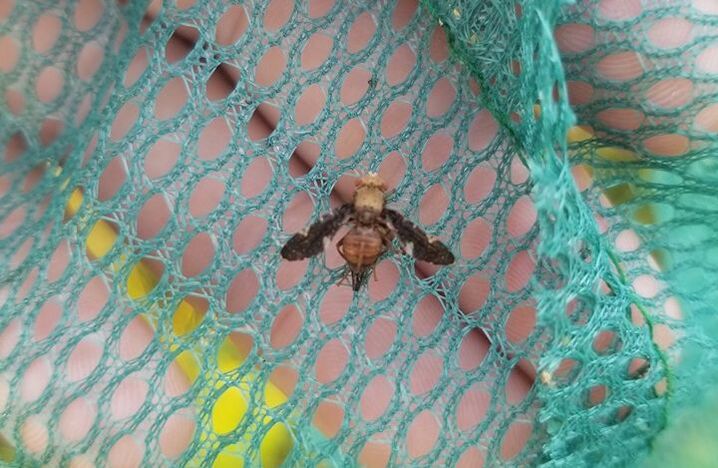
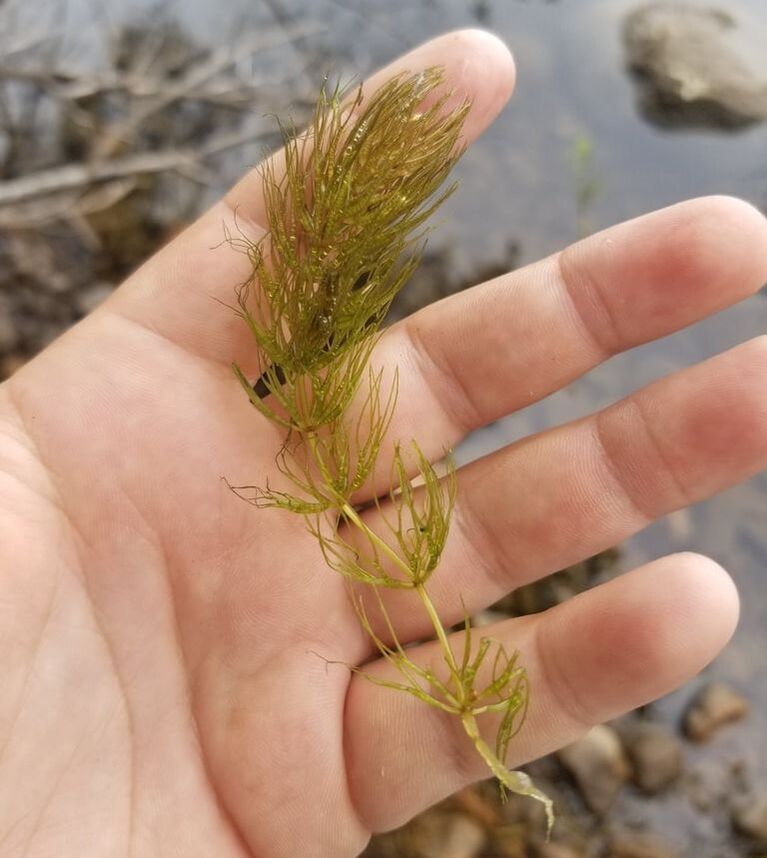
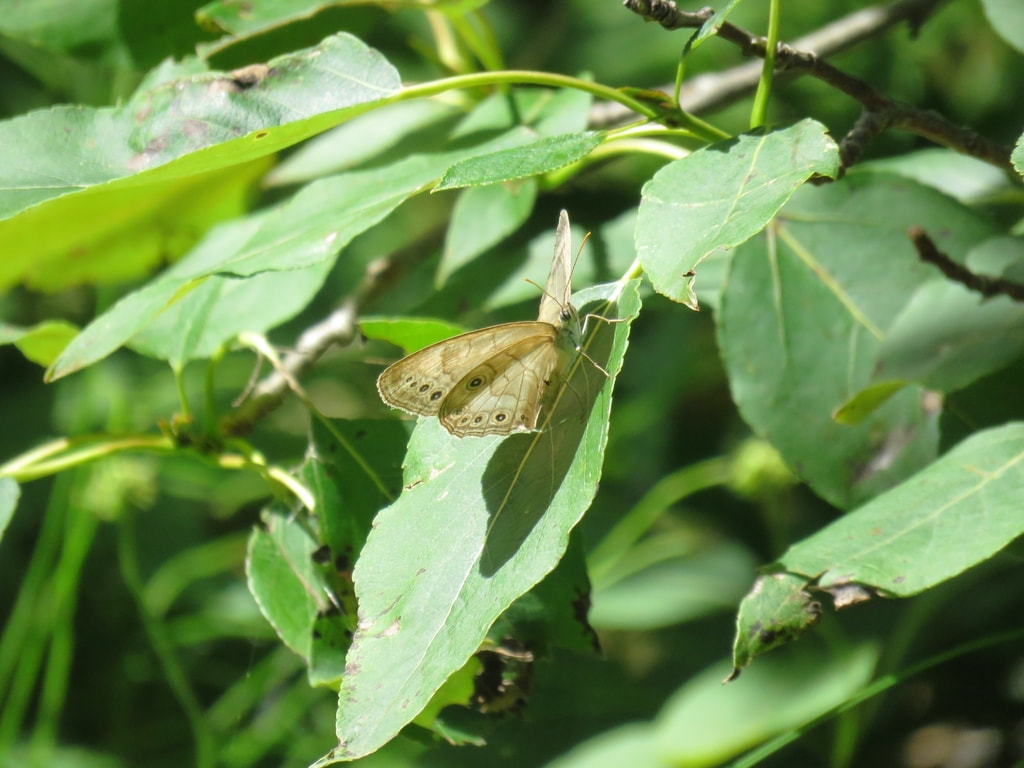
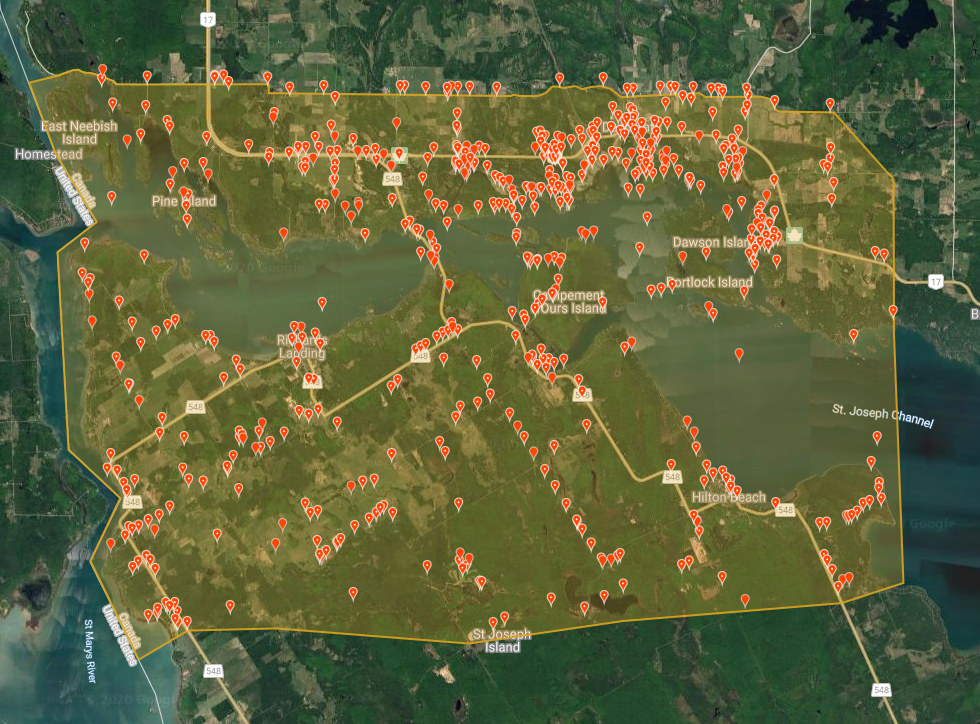
 RSS Feed
RSS Feed